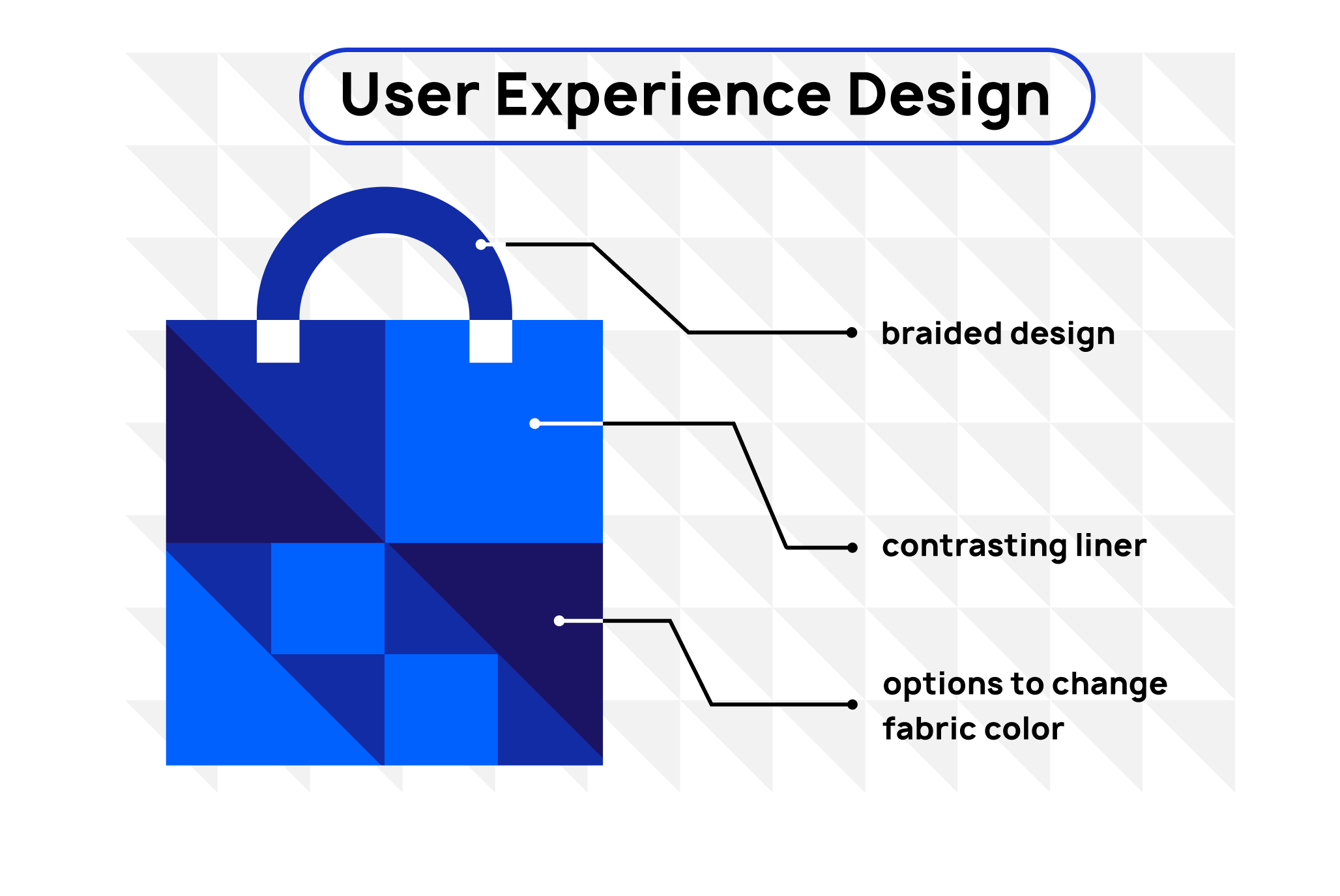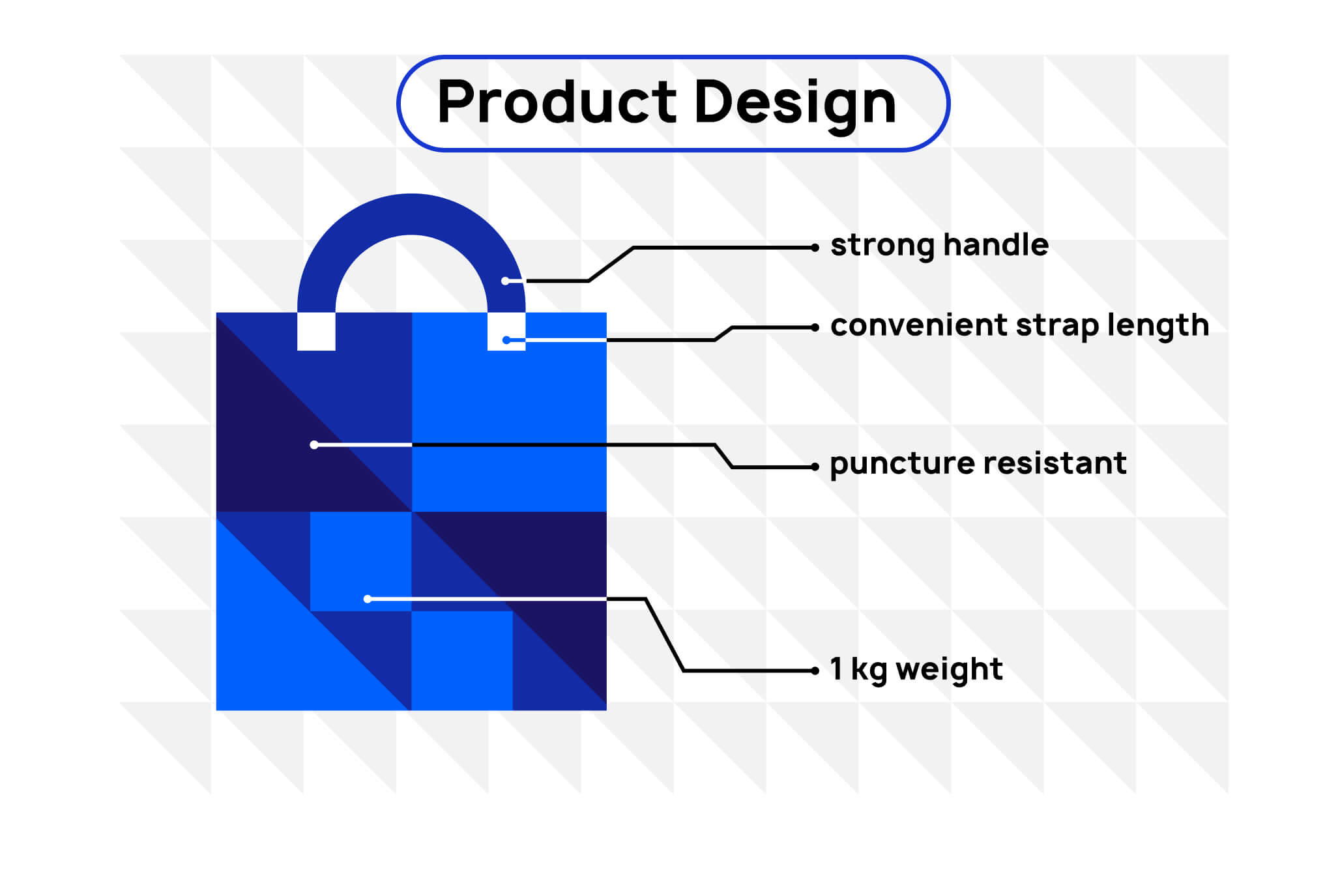Product Design Vs UX Design: Key Differences & Similarities
11.15.2022Product Design vs UX Design: Although they are often lumped in with each other, they are distinct roles that each play important parts in product development. While both utilize design thinking, they do so in different ways and to different ends.
However, both are necessary for the successful development of new products. This post will help you understand the differences and similarities between product design vs UX design and how they can help you in your design efforts.
Product Design Vs UX Design: Differences
The work of a product designer starts from the beginning of the product development process. Product designers are responsible for how the product functions and its appearance. User experience designers, on the other hand, are responsible for the physical or digital design of the product.
UX designers aim to make the experience of using the product satisfying and visually appealing, while product designers ensure the user experience is coherent and intuitive.
Each role is uniquely integral to the production process as a whole. Additionally, they collaborate closely on projects to bring innovative ideas to fruition. Let’s take a closer look at product design vs UX design—and see, how they stand out, and how they work together.
Role of User Experience Design
UX designers often come from visual arts backgrounds. They are concerned with the product itself and with designing it in the most logical way possible to facilitate usability. A user must be easily able to do what they need to while using the digital product.
UX designers are fully immersed in the user’s experience, focusing on every aspect of it and how to make sure it satisfies their needs. This doesn’t just have to do with colors or styles and fonts, though those are absolutely salient, but also the perception of the user, their emotions and even existential concepts are all considered.
To understand more, I spoke with Tom McClean, DOOR3’s Practice Lead of UX & Design. He describes that when considering the user experience, we must think about “what feelings we want to convey to the user? Transitions, for example. What do we think the user wants to feel? Do we want to be bouncy, which could convey a fun and playful experience. Or, do we want to be more serious or instill trust in the user? We think of how we can use animations and movement to convey those meanings.”
UX designers draw on a number of resources to help them, usually user interface design tools, which are collaborative and detailed. Examples include Figma, Miro, or Adobe. They also may use non-digital approaches such as user interviews, focus groups, and field testing to test their assumptions and gather feedback with which they can fine tune.
If you’re interested in the evolution of user experience design, you can read about it here.

Role of Product Design
If UX designers are concerned with minutiae, product designers are staunchly focused on the bigger picture and how aspects interrelate. This holistic perspective usually translates to striking an equilibrium between disparate parts like operating systems, device controls, and even non-functional requirements. Overall, they are concerned more with a business’s goals and how the product fulfills them.
Despite these different focal points, product designers are also concerned with UX because it is part of the overall vision for the product. Product designers work closely with the UX team to ensure the best fit. Returning to Tom’s example, while both are concerned with the social and psychological aspects of a user’s experience, product designers are concerned with the feel of a product as a whole.
Product designers also rely on a specific toolkit, but one that differs from pure UX work. Although Miro and Figma can be used across teams, product designers mostly work in one of a variety of computer-aided design programs (CAD). These programs are preferred to facilitate multi-perspective wireframes of the product, as well as analytics to track performance indicators.

Interrelationship: Product Design Vs UX Design
While these two types of designers are unique and jointly involved in bringing products to market, it is important to understand their interrelationship. While UX designers are involved in the technical, engineered aspects, product designers focus on continuity of experience. One cannot stand without the other and they each have their own needs that must be balanced between the two disciplines.
Product designers, because they are often part of a UX team, are limited by timelines. Because they also shoulder some responsibility for technical designing, they run the risk of losing sight of the valuable insights from research and experimentation. Additionally, their need for high-level, macro insights and decision-making necessitates a lot of experience and deep knowledge of theory and process.
UX designers, on the other hand, require a near fanatical attention to detail backed by comprehensive real-world application research. One challenging aspect of the work is the need for a wide reaching skill set and knowledge base, from color theory to design thinking. On top of that, many projects require specializations in a single aspect of design.
Understanding the differences and similarities between product design vs UX design can lead to more effective and efficient product design processes.
Overall, both product design and UX design— are important for successful product development and having a dedicated designer that can fill both roles is essential. By combining creative exploration and problem-solving, these two types of designers help spur innovation and create impactful products that are a joy to use.
Looking for a design team that can help you with both product design and UX design? Reach out to DOOR3.



